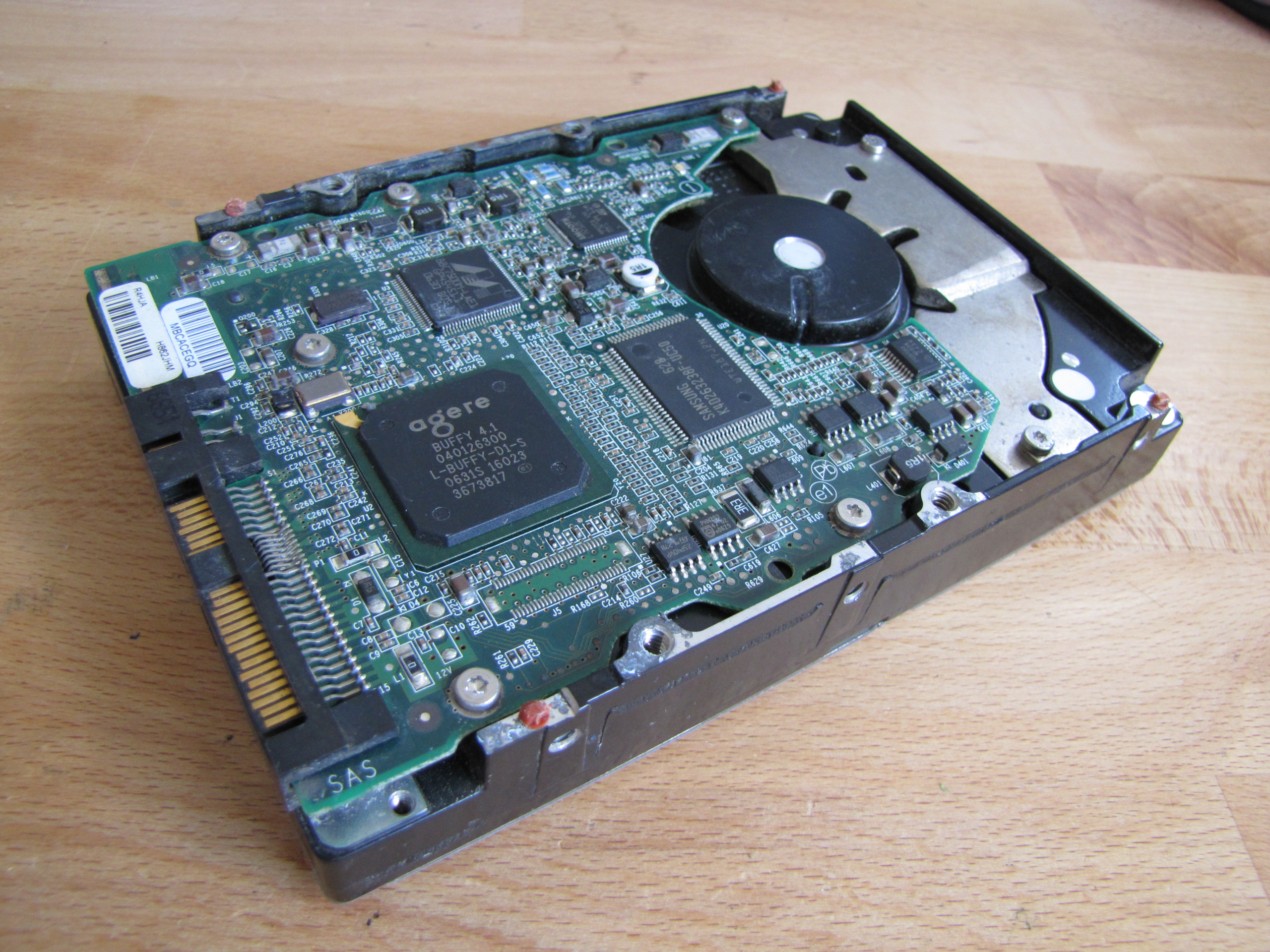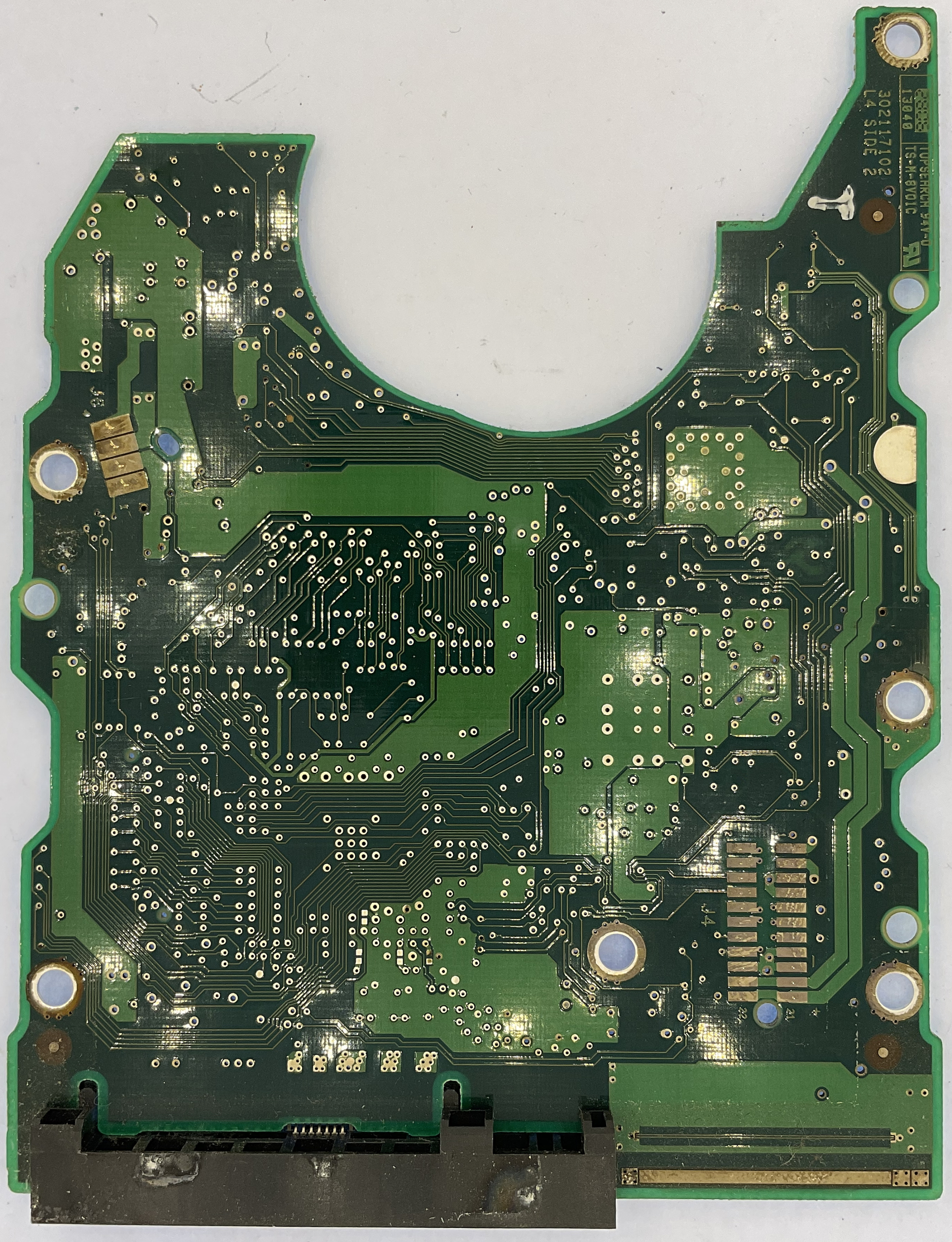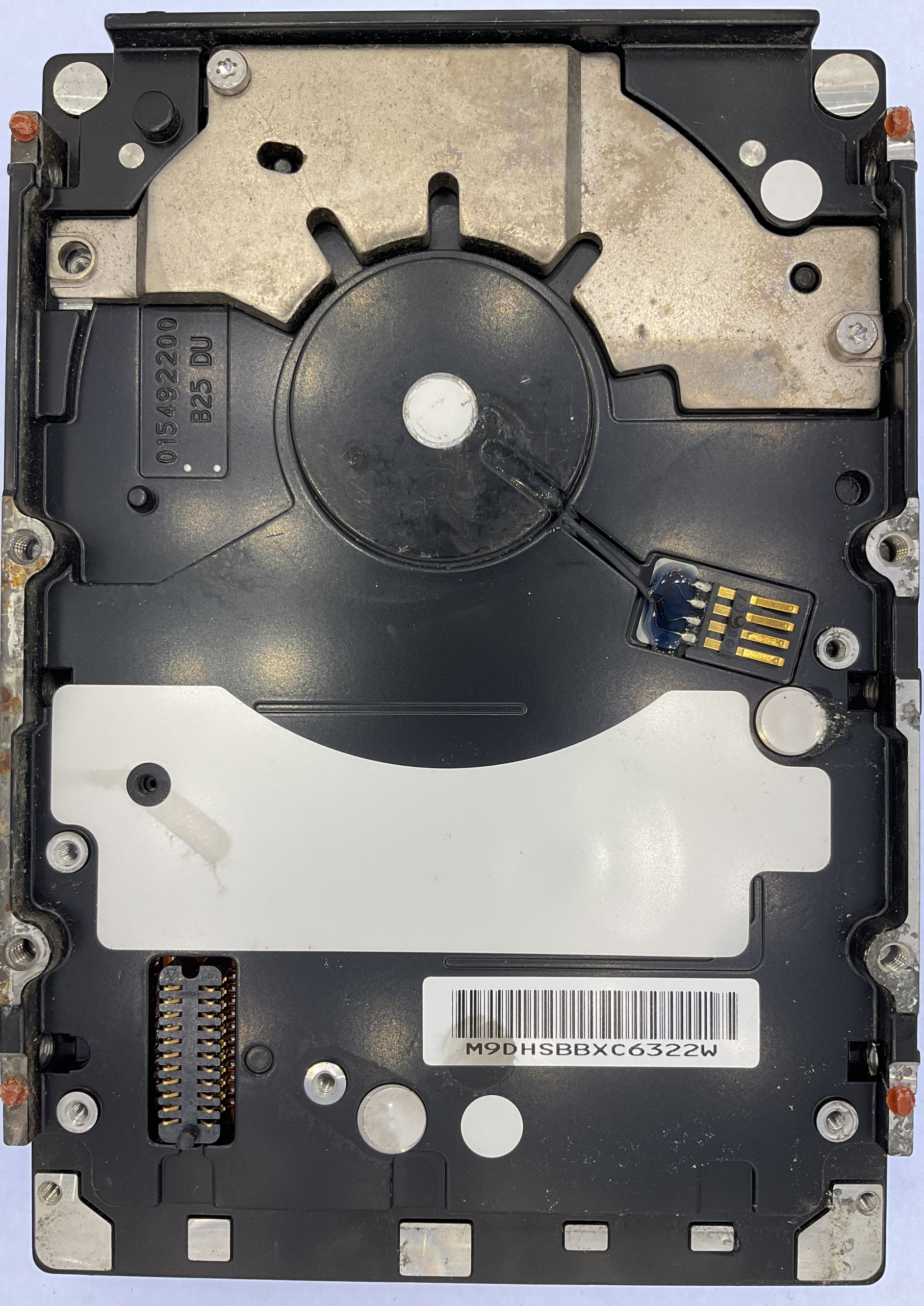The famous Atlas line originates from the hands of Quantum, having been acquired in 2001 by Maxtor. Surprisingly, Maxtor decided to finally enter the enterprise market after this acquisition, the Atlas 10K V’s being one of the last enterprise series in development before Seagate put the nail in the coffin after acquiring the company in 2006.
The Atlas V would be the last series to bare the name, leaving behind another chapter of computing history.

Drive Attributes ---------------------------------------- Maxtor Atlas 10K V 8J300S0 ---------------------------------------- Capacity 300GB Mfc Date 2006-09-04 Format 3.5" Interface SAS Platters 4 Heads 8 Cache 16MB RPM 10000 Protocol SAS-1/300 Origin Singapore (MXT) Codename Genesis ----------------------------------------
The 8J300S0 is the highest capacity member of the Atlas 10K V’s, at 300GB with four-platters. Maxtor produced these drives in either SCSI or SAS formats, at three capacity points (75GB, 150GB & 300GB).

This drive was produced in Singapore, past MKE’s departure, being from one of Maxtor’s own factories.
The label as a whole gives a good roundup of information, which is respectable.



Clearly, this specific example has been under some not-so-great circumstances given the amount of corrosion & rust.

It shouldn’t be surprising to those familiar with Maxtor drives that the main controller is from Agere. Maxtor utilised Agere’s products to a high degree in their supply-chain, which certainly didn’t end after Seagate’s control finalised in May 2006, with all product lines merging in September of the same year. This is certainly a late-game example.
Samsung provide the 16MB of cache, which was certainly quite good for the time. STMicroelectronics prodive the spindle motor controller, as usual under their smooth line-up of IC’s. The final IC is a Marvell auxiliary controller.
The inductor at position L200 is completely destroyed, requiring replacement. The codename for this drive is visible at the top left of the PCB, below diode D601.


The base & rear of the PCB don’t give much as expected. Nonetheless, their construction methods are interesting to compare, given Maxtor’s obsession with an inverted actuator position on the majority of their drives. These units are a bit more standardised in that aspect, holding a left-placement actuator like on all drives in production today.


It pales in comparison to any modern 300GB SAS drive, but for the time was as competitive as any other offering from fellow manufacturers in the sector.

Surprisingly, this drive has very few lifetime writes compared to its power on time. Being over 60k hours, one would expect the drive would have far surpassed 5-6 full drive write cycles, but presumably it didn’t have the hardest life when concerning activity.
The Atlas 10K V’s are certainly interesting units, providing one of the most interesting seek-tests of any hard drive ever manufactured.
If you’re curious to see the full health metrics available for this drive, feel free to check the report generated by HD Sentinel below:
Maxtor Atlas 10K V 8J300S0 – Disk Health Report (.html, opens in new tab)
Feel free to check out the following additional official documentation from Seagate covering this drive series:
Maxtor Atlas 10K V Datasheet (SCSI) (.pdf, opens in new tab)
Maxtor Atlas 10K V Datasheet (SAS) (.pdf, opens in new tab)
If you missed the video I made on this drive, you can find it here: